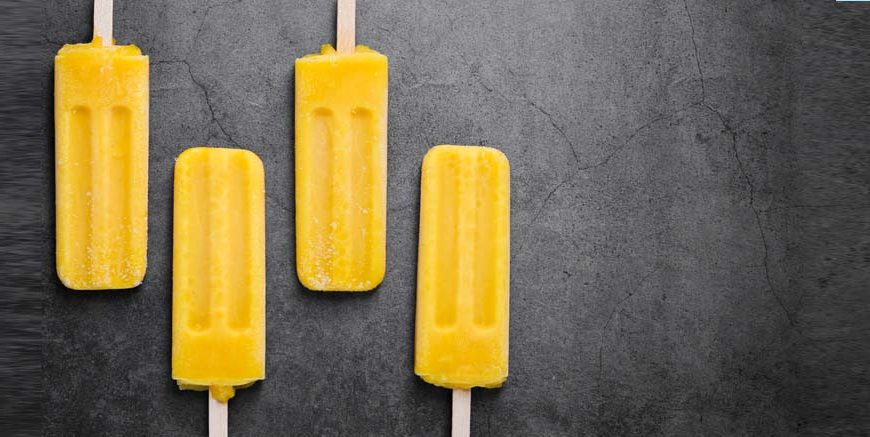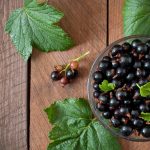Cooking alongside kids is an incredible method to spark their interest in food, impart essential life skills, and introduce learning that extends beyond traditional textbooks. There are a huge number of culinary activities for kids that you enjoy! After all, those Kid-friendly recipes are yummmmmmm! But using stoves, ovens, and complicated recipes in a classroom may not always be appropriate, particularly when working with young kindergarteners.
The good news is that there are recipes that don’t require baking to assist! Because they don’t require a lot of supplies, allow youngsters to fully experiment with diverse tastes and textures, and are extremely safe, these entertaining cooking projects are perfect for educational settings. Let’s investigate the intriguing realm of no-bake cooking together!
Benefits of No-Bake Cooking with Kids
- Safety first:
- Messy Exploration:
- Development of Skills:
- Learning Across Subjects:
- Empowerment and Pride:
By removing ovens, fires, and other heat sources from the mix, no-bake recipes reduce the possibility of mishaps.
Children enjoy getting their hands dirty and having a good time exploring! Fun forms, moulding, and squishing are common techniques in no-bake recipes.
These exercises support the development of fine motor skills, the encouragement of following directions, and the promotion of a nutritious diet.
Culinary escapades offer opportunities to weave in maths (measurements), science (food transformations), language (descriptions), and even cultural studies (exploring diverse snacks).
Completing a recipe, even the simplest of no-bake delights, gives children a sense of accomplishment and can lead to a willingness to try new foods.
Classroom cooking ideas for kindergarten
Before getting started, be sure to check for any food allergies or restrictions among your students. Now, let’s jump into some irresistible no-bake recipes you and your young chefs can enjoy:
- Fruit and Yogurt Parfaits
- Energy Bites (Ladoos)
- Choco-Nut Banana Pops
- Peanut Butter and Fruit Sandwiches
Ingredients: Yogurt (pick a flavour or keep it plain), Colourful fruits (chop them up small – mangoes, bananas, strawberries are delicious), Crunchy granola, Dried fruits (add some if you want),Chopped nuts (ask your teacher about allergies first!)
Instructions: Grab a bowl or a see-through cup! Layer yoghourt and your favourite fruits in a bowl or cup. Make it your own with a sprinkle of granola, dried fruits, or nuts for an extra crunch.
Make it Yours: Children may customise their parfaits by selecting their favourite fruits and yoghurt tastes. The customisation results in a colourful and appetising display.
Ingredients: Honey or maple syrup, peanut butter (or any nut butter), sliced dates (seedless and diced), desiccated coconut, rolled oats and optional nuts (check for allergies).
Directions: It’s time for some squishing fun! Pour all the yummy ingredients into a big bowl. Use your hands to mix, mash, and roll them into tasty little balls. Pop them in the fridge to get nice and hard.
Make it Yours: Roll the ladoos in more coconut, cocoa powder, or crushed nuts. This recipe encourages experimentation with spices like cardamom or substitutes for nut butter like sunflower seed butter.
Ingredients: Bananas (cut in half), popsicle sticks, melted chocolate (choose milk, dark, or even white chocolate), chopped nuts, and colourful sprinkles.
Instructions: Insert popsicle sticks into banana halves. Dip banana into melted chocolate. Kids can customise by rolling dipped bananas in their choice of nuts, sprinkles, or drizzle with leftover chocolate. Freeze until the chocolate hardens.
Make it Yours: Make it extra special! Set out a topping bar with chopped nuts, chocolate chips, crumbled biscuits, and more for delicious customization.
Ingredients: Honey (optional), bananas (sliced), apples (thinly sliced), peanut butter (or other nut butter), whole wheat or multigrain bread.
Instructions: Ask students to cover a piece of bread with peanut butter properly. Create delicious patterns using banana and apple slices. Top with another slice of bread and cut into desired shapes. If desired, add a little honey drizzle for added sweetness.
Make it Yours: Explore new flavours! Instead of peanut butter, try delicious almond butter or sunflower seed butter.
Those were some lovely classroom cooking ideas for kindergarten, weren’t it?
Essential Tips for a Successful Classroom Culinary Session
- The Secret is to prepare:
- Hygiene and cleanliness:
- Mind the Mess:
- Visual Instructions:
- Involve Everyone:
- Themed Snacks:
To ensure a steady activity flow, measure and portion the components beforehand.
Stress the significance of hand washing both before and after preparing food. To ensure rapid sanitization, set up cleaning stations equipped with supplies and wipes.
Anticipate and embrace that no-bake fun can, on occasion, get a bit messy! Spread newspapers or tablecloths for easier cleanup. Encourage children to help tidy up as they go.
For kindergarteners, visuals are extremely helpful. Prepare simplified recipe cards with pictures for each step.
Assign simple tasks that allow each child to actively contribute. Consider creating assembly line-style work for tasks like adding toppings or assembling sandwiches.
Tie no-bake recipes to holidays or learning themes. Make tri-color parfaits for Republic Day or healthy ladoos for Diwali. Integrate lessons about seasonal fruits and explore global snack favourites.
Additional No-Bake Classroom Cuisine Ideas
Here are some more Kid-friendly recipes:
- Fruit Smoothies:
- Trail Mix:
- Colourful Veggie Platters:
Offer frozen berries, yoghurt, bananas, and optional additions like flaxseed or leafy greens. Young chefs can measure and blend their own smoothies!
Using components like nuts, seeds, dried fruits, and even bite-sized pretzels, kids may make customised mixes. It’s a fantastic way to incorporate healthy products!
Sliced cucumbers, carrots, and cherry tomatoes can be used to make funny “faces” or hummus and yoghourt-based dips can be used to make dipping enjoyable.
Beyond the Recipe: Enhancing Your No-Bake Culinary Activities
- Story Time
- Little Gardeners
- A Word of Caution
- The Joy of No-Bake Cooking
Share picture books or short stories about food traditions, the growing process, or diverse snacks from various cultures.
Mix flour, salt, vegetable oil, and cream of tartar to make sensory playdough. For colourful, scented playdough that allows toddlers to “pretend” to be chefs, slowly add water and then food colouring or spices. It’s tasty, safe, and excellent for hands-on play!
If space permits, start a tiny classroom herb or vegetable garden. Students can watch as things grow and use the harvest for simple no-bake recipes like adding mint to their yoghurt.
Remember, always check for any food allergies, special diets, or food choices your students might have before starting any cooking activity. Be ready to change ingredients or recipes to make sure everyone has a safe and enjoyable time!
No-bake recipes offer a unique and exciting entry point to the joys of cooking and instil valuable life skills. By empowering even the youngest students to become culinary creators, you’ll help them discover the delicious magic of simple food preparation – building self-confidence, exploring taste preferences, and sparking a lifelong interest in healthy, homemade delights.
Let your classroom come alive with the smells, textures, and smiles that these no-bake activities bring!
For more interesting blogs, visit our blog section now!














